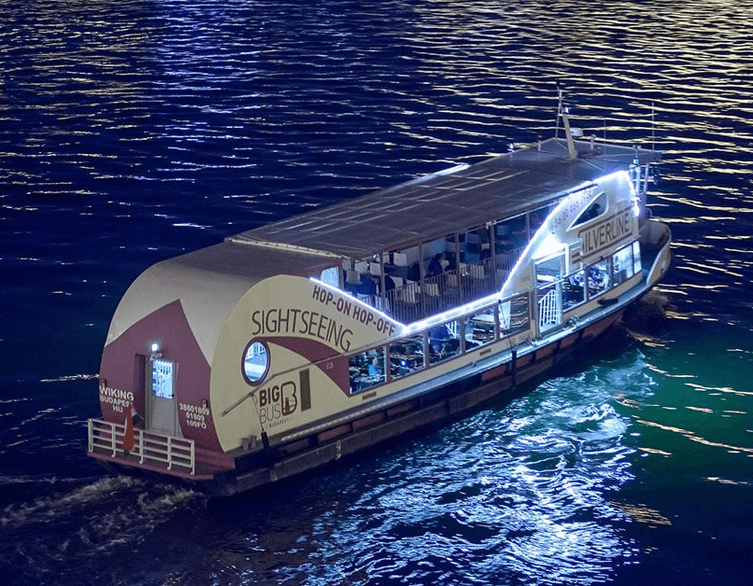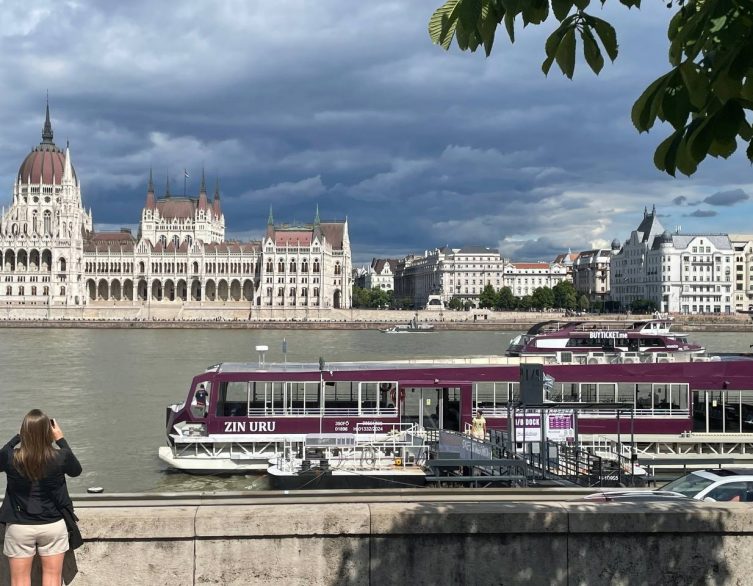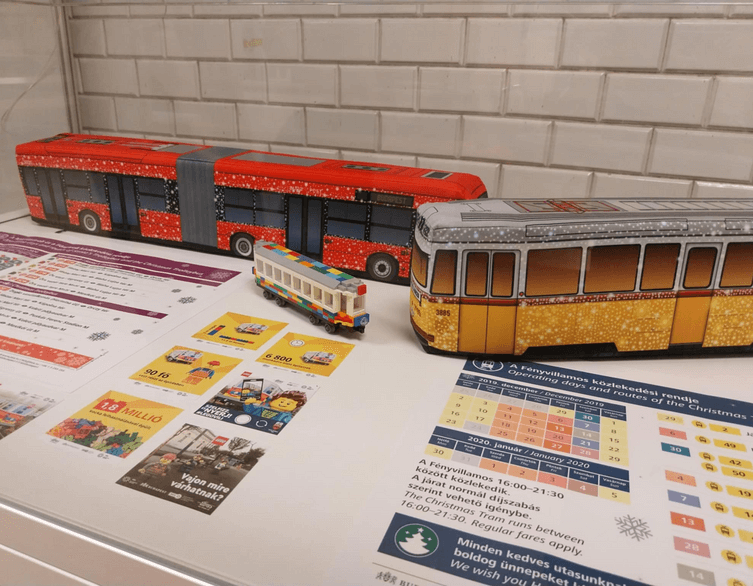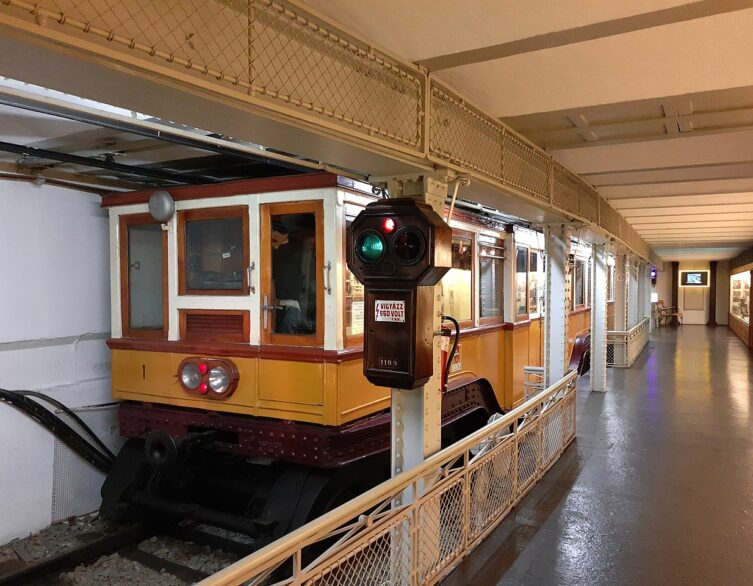Budapest’s Underground Railway Museum Celebrates 50 Years of Preserving Metro History
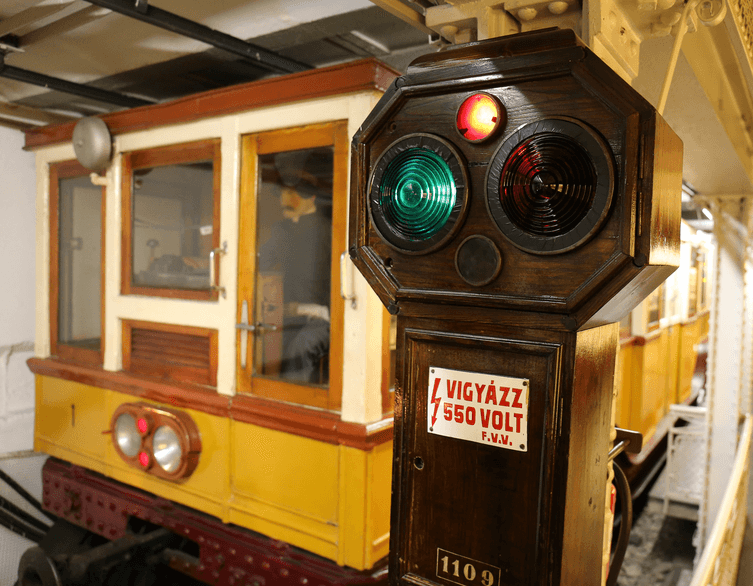
Fifty years ago today, on October 28th, 1975, Budapest opened a museum in one of the most unusual locations imaginable—inside an actual abandoned metro tunnel beneath Deák Square. The Underground Railway Museum celebrates Europe’s first underground railway, and there’s something wonderfully fitting about housing this collection in the very tunnels where history was made over a century ago.
A Museum Inside the Real Thing
When Budapest decided to create a museum honoring the millennial underground railway, the planners faced an intriguing challenge: how do you showcase transportation history in a truly authentic way? The answer practically presented itself. During construction of the east-west metro line in 1955, workers removed a section of the original 1896 tunnel from service. Rather than filling it in or repurposing it for utilities, this forgotten passage waited patiently beneath the bustling streets until someone had a brilliant idea.
The result is a museum where the location itself tells part of the story. You’re not just looking at exhibits about underground railways—you’re standing inside one. The tunnel walls, the curved ceiling, the very architecture surrounding the displays creates an atmosphere that no purpose-built museum could replicate. Walking through these passages, you experience exactly what passengers felt when they first descended into Budapest’s revolutionary transport system in the late 1800s.
Stepping Back to 1896
The museum entrance greets visitors with the original “Gizella tér” station sign, complete with authentic Zsolnay ceramic tiles that have survived more than a century. These aren’t reproductions or careful recreations—they’re the actual tiles that commuters rushed past on their way to work over 120 years ago. The craftsmanship remains stunning, a testament to the ambition and pride that went into creating what was then considered a marvel of modern engineering.
Best deals of Budapest
Among the museum’s treasures, one marble plaque carries particular significance. It commemorates May 8th, 1896, when Emperor Franz Joseph visited Budapest for the millennial celebrations and graciously consented to ride the underground railway with his entourage. More than just enjoying a quick trip, he granted permission for the railway to bear his name. Overnight, the Budapest Underground Electric Railway Company became the Franz Joseph Underground Electric Railway Company, adding imperial prestige to an already impressive achievement.
The Star Attractions
Three vintage train cars form the centerpiece of the collection: numbers 19, 1, and 81. Getting them into position required some creative problem-solving. In 1975, workers used cranes to lower the carriages through an opening in the ceiling directly onto the tracks below. These aren’t scale models or replicas—they’re the genuine articles that once transported Budapest residents through their daily routines.
Climbing aboard these cars offers an intimate glimpse into turn-of-the-century travel. The wooden benches, the brass fixtures, the compact dimensions—everything speaks to a different era of urban transportation. Modern metro riders accustomed to spacious air-conditioned cars might find these vintage coaches charmingly cramped, but they represented cutting-edge comfort and convenience when they first entered service.
Across from the train cars, display cases present the complete story of Budapest’s underground railway through original documents, construction plans, maps, building logs, photographs, and detailed models. The exhibition traces the journey from initial concept through construction challenges to the triumphant opening day and beyond, extending the narrative through subsequent metro expansions that transformed Budapest’s public transport network.
Beyond the Permanent Collection
The museum regularly hosts temporary exhibitions that explore different aspects of Budapest’s transportation heritage. Currently on display is “This Is How We Travel—Budapest’s Public Transport Through Children’s Eyes,” which examines 75 years of the capital’s mass transit system from a unique perspective. The exhibition documents how children experienced and used Budapest’s trams, buses, and metro lines, offering a refreshingly personal angle on transportation history that goes beyond technical specifications and construction timelines.
This approach reflects the museum’s commitment to making transportation history accessible and engaging for all ages. Special educational programs, a children’s corner, and interactive elements ensure young visitors don’t just tolerate their museum visit—they actually enjoy it. For families traveling with kids who might not initially share their parents’ enthusiasm for vintage metro cars, these thoughtful additions transform a potentially dry historical experience into genuine entertainment.
A Milestone Anniversary
To commemorate the museum’s 50th birthday, Budapest’s public transport company published a new book titled “50 Years of the Underground Railway Museum.” Filled with color photographs, the publication guides readers through both the museum’s history and the broader story of continental Europe’s first underground railway. You can purchase copies at the museum itself, the BKV gift shop, or through their online store—a perfect souvenir that’s more meaningful than the typical tourist trinkets.
The museum underwent significant renovation in 1996 to coincide with the underground railway’s centennial celebration. That comprehensive update ensured the facility could properly honor both the original 1896 line and the subsequent metro developments that followed. The improvements enhanced the visitor experience while preserving the authentic atmosphere that makes this museum special.
Planning Your Visit
Located in the heart of downtown Budapest at Deák Square, the museum occupies one of the city’s busiest transit hubs. This central location makes visiting incredibly convenient—you’re literally stepping off modern metro lines to explore where it all began. The juxtaposition of contemporary commuters rushing past overhead while you examine century-old train cars below creates a fascinating connection between past and present.
The museum’s compact size means you can thoroughly explore everything in an hour or two, making it perfect for travelers with packed itineraries who want to add some cultural depth without sacrificing an entire day. Yet the wealth of detail rewards those who linger, reading every placard and examining every photograph. Transportation enthusiasts could easily spend several hours absorbing all the technical information and historical context the exhibits provide.
For visitors interested in Budapest’s architectural and engineering heritage, the Underground Railway Museum offers something truly special. You’re not just learning about history—you’re standing inside it, surrounded by the actual infrastructure that represented a bold leap forward in urban transportation. The fact that these tunnels and tracks still exist, preserved beneath one of Europe’s most beautiful cities, speaks to Budapest’s commitment to honoring its past while embracing its future.
Whether you’re a dedicated metro enthusiast, a casual history buff, or simply curious about the underground passages beneath Budapest’s elegant streets, this museum deserves a spot on your itinerary. After all, where else can you explore Europe’s first underground railway inside the original tunnel that started it all?
Related news
Related attractions

















